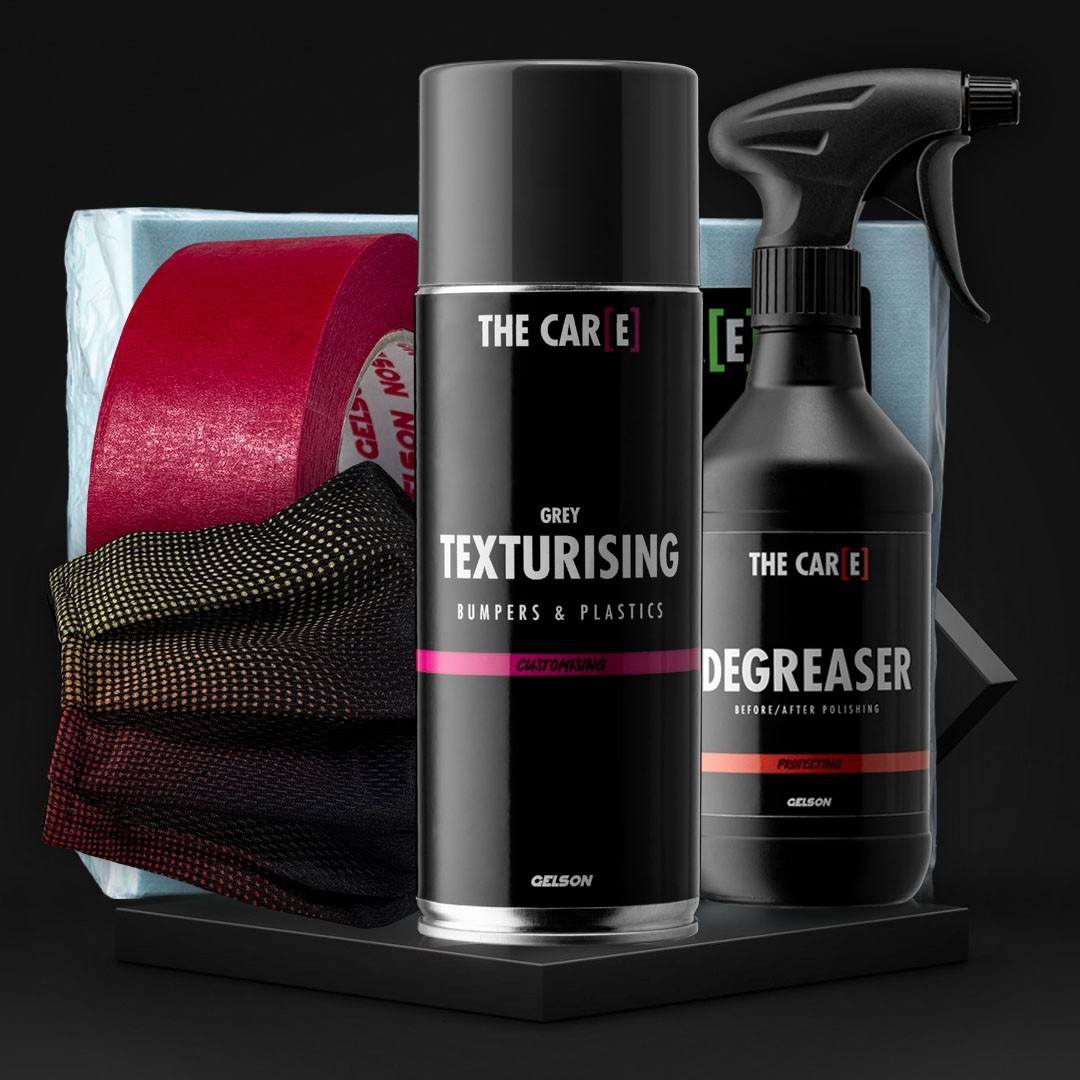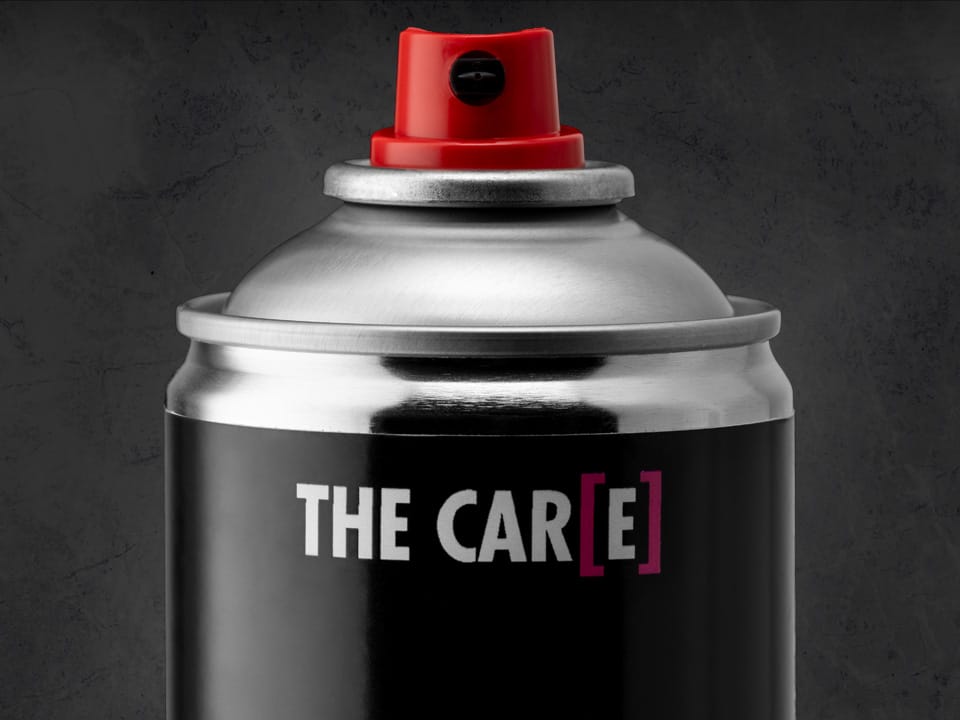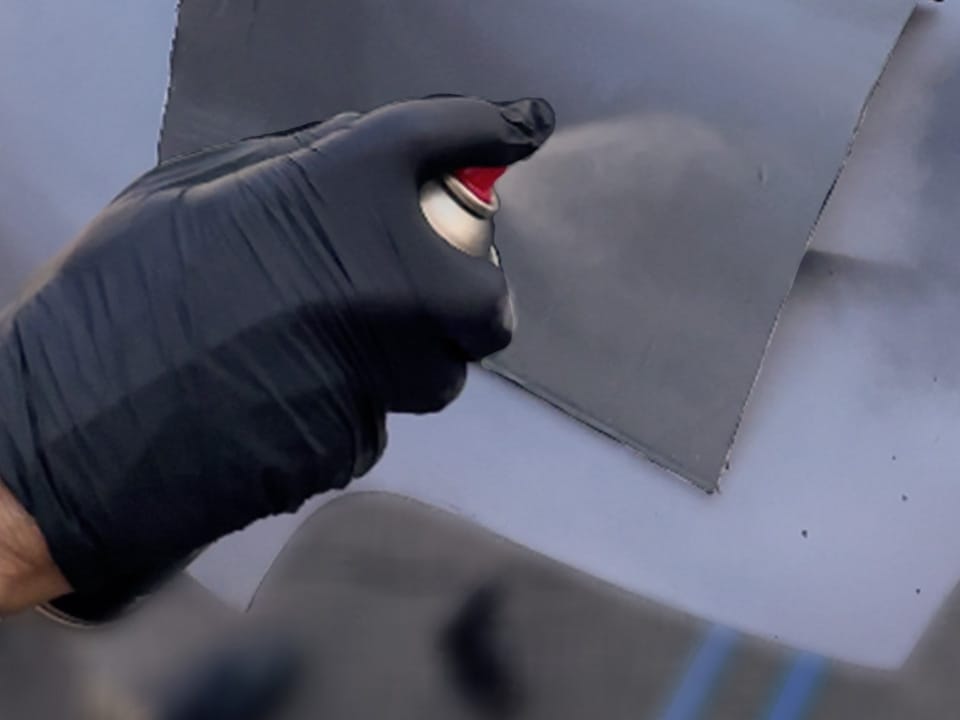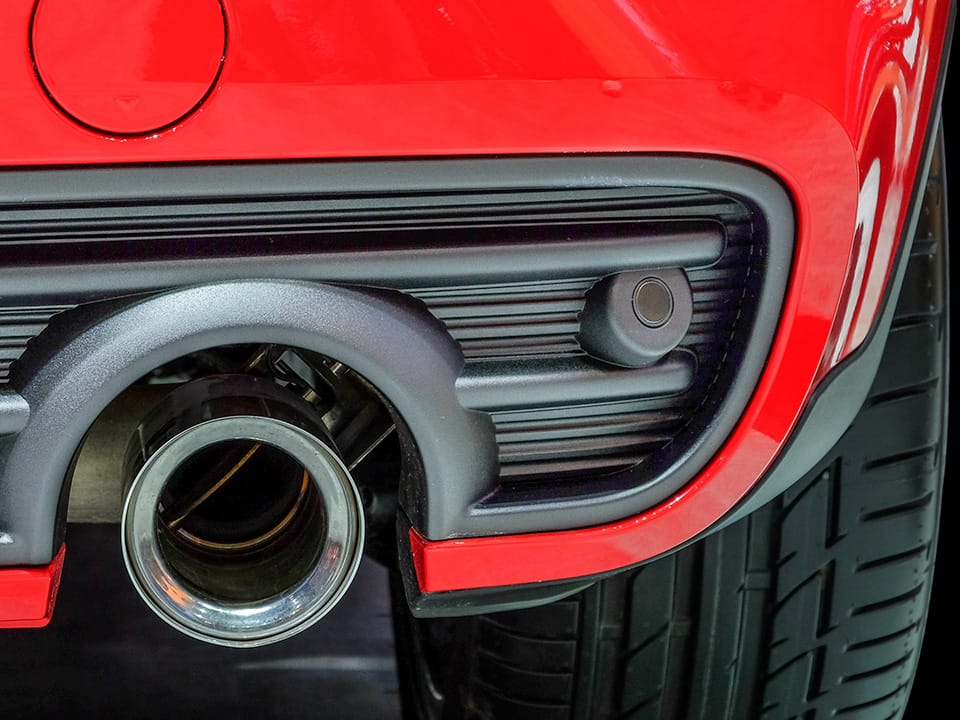


This is the Texturizing gray application kit. For the application of Texturizing grey, Degreaser is also supplied, necessary for degreasing surfaces and the practical TNT Cloth .






The durability of car spray paint depends on several factors, including the quality of the product you choose, climate conditions, surface preparation and vehicle use.
In general, the life of spray paint depends on:
" Texturizing " or " Paint " spray paints have a variable duration depending on some factors.
For example, if you apply spray paint to bumpers and exterior plastics on a vehicle that is used primarily in the city, you can expect a reasonably long life, but it is important to carry out periodic checks for signs of wear or damage and touch up any critical spots, if necessary. To maintain the level of splendor and depth of color achieved with the painting, you can use the Plastic Restorer black cream paint as often as you like, easily applicable thanks to its sponge applicator included in the package.
Read also:
Applying spray paint to bumpers and exterior plastic parts requires precision and attention to achieve the desired results. Here are some tips:
Texturizing bumpers & plastics and Paint bumpers & plastics car plastic spray paints are available in black and gray and are applied as follows:
They are ideal, as they are primerless, after repairing the plastic with Plastics Putty , after having cleaned the surface perfectly with a degreaser such as Degreaser .
Read also:
Painting automotive exterior plastics requires adequate preparation and a careful procedure to ensure a uniform and long-lasting finish.
In particular, it is good to follow these steps:
Read also:
Applying spray paint to bumpers and exterior plastics is recommended after a repair with auto plastic filler. This additional process is often necessary and crucial to completing the repair effectively.
Here are some important and useful elements to know, following a small DIY repair with putty for bumpers and external plastics such as, for example, Plastics Putty , in order to make the best use of spray paint for bumpers and external plastics in certain contexts:
In general, applying spray paint after an auto plastic filler repair is a common practice in car detailing and vehicle repair, as it helps ensure a high-quality repair and aesthetic finish.
The application of the products " Texturizing bumpers & plastics " and " Paint bumpers & plastics " in gray and black colors may be necessary in many different situations, both in the automotive sector and in other sectors such as motorcycles and scooters.
Here's when it's appropriate to apply spray paint for bumpers and exterior plastics:
In general, the application will depend on the specific needs of the vehicle or motorcycle. It is important to follow the product instructions, properly prepare the surface, and apply the spray paint carefully to achieve the best aesthetic and long-lasting results.
Read also:
You might also like